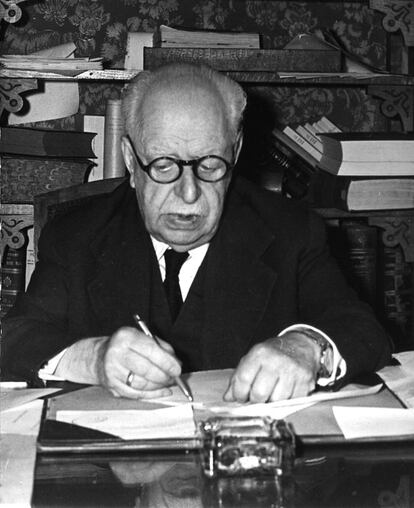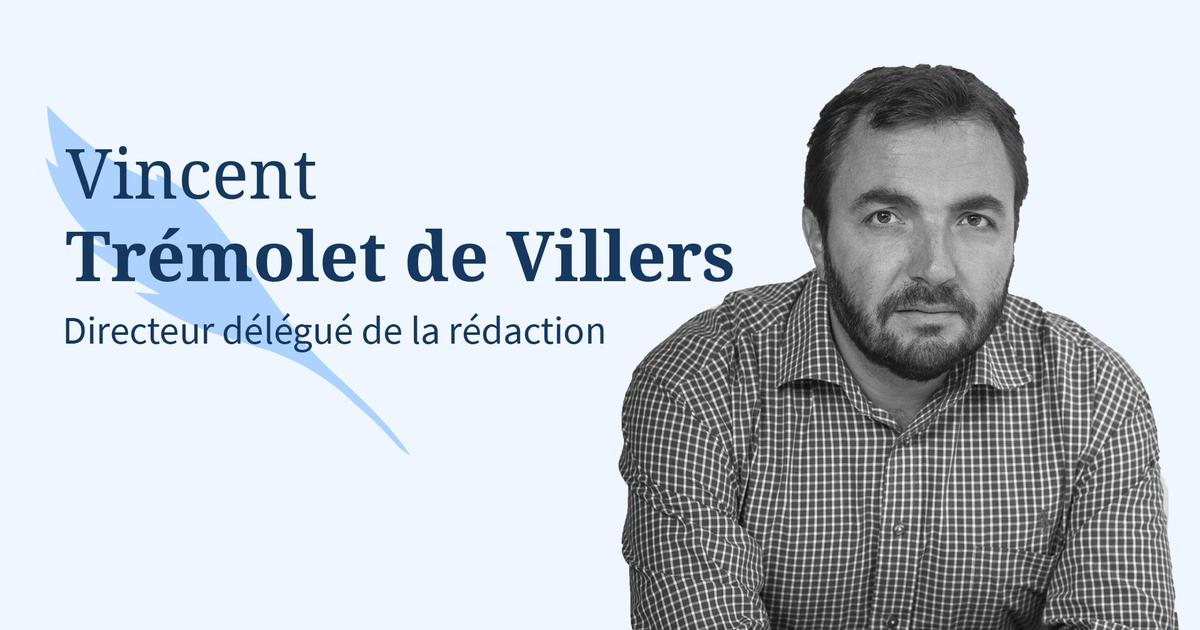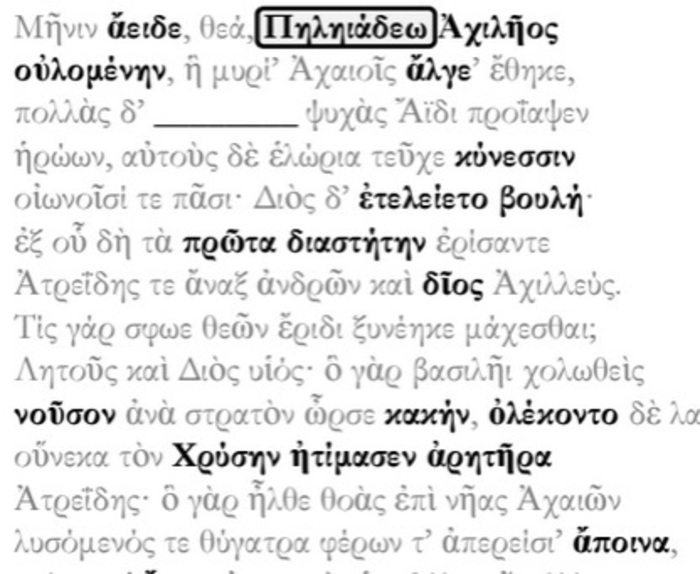When Manuel Seco —the lamented creator of the
Dictionary of Current Spanish,
who died on December 16— saw his work in print in 1999, he culminated a process that, with a minimal team, had lasted 30 years.
We will hasten to warn that the characterization of certain lexicographers as solitary Robinsons is still a poetic license: some of them had their Fridays, which helped them, and all, without exception, although they were innovators in their concrete dictionaries, took advantage of the preceding tradition (if only so as not to make the same mistakes) ... Four titans of Hispanic lexicography will accompany us on this journey full of work and anxiety.
More information
Manuel Seco, academic and lexicographer, dies at 93
Sebastian de Covarrubias
One of the first, Sebastián de Covarrubias (1539-1613), is another case of loneliness and determination.
His
Treasure of the Castilian or Spanish language
, published in 1611, started from the
Spanish-Latin Vocabulary
,
from Nebrija, to which he added a huge etymological and encyclopedic information, with numerous anecdotes, sayings ... We do not know much about the method that he followed, while he continued with his duties as canon in Cuenca.
It follows from his work that it was drawn up according to the order in which the words would appear in the
Treasury
: the entries for the first letters are much longer than the later ones.
'Treasure of the Castilian or Spanish Language' by Sebastián de Covarrubias, in the National Library.Alvaro Garcia
We do not know when exactly his task would begin, although at the end of 1606 he wrote the entry for "Catalina", written on the feast of the saint.
In 1609 he affirms that he had already invested "many years" in his work (or perhaps it was that they had become very long).
The anguish of not finishing the dictionary is manifested in different places.
In "catarrho" he introduces a saying about his synonym "romadizo"
for "if I could not get to get the letter R clean."
This "clean out" seems to indicate that (of course) it would have a collection of data on many words, probably in cards, and as a final step it would order and write them.
And he concludes: “The work is very long and the life is short”, a frequent sensation among the authors of dictionaries.
Julio Casares
Julio Casares (1877-1964), with a diplomatic career (he was stationed in Japan) and a great polyglot, conceived in 1915 an
ideological Dictionary
, which would allow going, as he said, "from idea to word and from word to idea" .
It would be a dictionary as it did not exist in Spanish, an incentive felt by all these lonely creators.
It would have three parts: a synoptic (a map of human knowledge in 38 categories), an analogue (lists of words and phrases grouped by affinities: synonyms, antonyms ...) and an alphabetical one (traditional dictionary type).
In 1921 he presented his "New concept of the dictionary" in his speech at the entrance to the Royal Academy.
The Spanish lexicographer and literary critic Julio Casares, in the fifties. EFE
Editorial Calleja was initially interested in his work, but rescinded the contract in 1925. Luckily he found an immediate welcome in Gustavo Gili. In 1936, and after 22 years of work, the work was ready to be printed when the Civil War broke out. The original of the dictionary was distributed between the editor in Barcelona and the house of Julio Casares in Madrid. “When the day after the end of the war in Madrid, I approached with a heavy heart what had been my home, my poor faded and discolored ballots could still be seen to the right and left of the road, like dry leaves of a cursed autumn. wrinkled…. ”.
Ruined and with his work destroyed after the war, Casares resigned to continue, but his editor convinced him that he could redo his work, and in November 1942, after 25 years of work, the dictionary came out, which is still useful and appreciated.
Casares carried all the weight of the work on himself, but at times he had two assistants, and at home his wife and daughter would help him at night.
Maria Moliner
María Moliner (1900-1981) trained as a philologist and lexicographer at the Aragón Philology Study, where she collaborated in the creation of
the Aragonese Dictionary
. Later she got the title of archivist and librarian, and worked in various agencies. During the Republic she collaborated in the Pedagogical Missions, and at the end of the war she was retaliated with her husband. He created his
Dictionary of Spanish usage
at home, working for 15 years, and was published in 1966-1967.
She got up early, worked and then went to the library of the School of Industrial Engineers, of which she was the director.
A characteristic of all these practically lonely creators is that they also fulfilled the professional duties that allowed them to earn a living.
On some occasion he had two assistants, who would prepare the next day's work for him, and he had the help of his daughter: the tireless work of the lexicographers frequently splashed on his relatives.
The philologist and lexicographer María Moliner.
His work, which is still useful, was grouped by word classes (rather than being purely alphabetical), and linked new definitions, improving those of the Academy, to semantic and grammatical observations.
It was oriented to the use of language resources, and the brand of different levels of use and the abundant semantic and syntactic information caused a typographical complexity that brought into play all the expertise of Editorial Gredos, which was its destination from the beginning. .
An original preparer, a linotype writer, a typesetter and two correctors collaborated in the edition: modern dictionaries are also made in publishing houses.
Manuel Seco
Manuel Seco (1928-2021) conceived his dictionary in the summer of 1969. At the end of the year he presented his
current Spanish Dictionary
project
to Editorial Aguilar, in Madrid, with whom he signed a contract. 10 years later he published his plan in an article:
The first synchronic dictionary of Spanish: characteristics and current state of the works.
There he announced that he had written 16 of the 27 letters in their entirety. This dictionary was to be created not from others, which was the usual thing, but with examples directly taken from the written language: press, literary works and even brochures and catalogs, all Spanish: the language of America would be left for later. The collection of citations from different sources (they came to empty 1,600 publications, plus thousands of issues of 800 magazines) would be done manually, partly due to financial problems, which discouraged the use of computer media, and partly due to the idea of maintaining a computer reduced (Olimpia Andrés in the writing, and a documentarian). The work began with the most used words, according to a list of frequencies, and then continued letter after letter, leaving the "a" for the end,because it contains many words that depend on others (
amoral
,
mutiny…
).
The philologist Manuel Seco moments before receiving the XXIX Menéndez Pelayo International Award, in an act held at the Paraninfo de La Magdalena, in 2015.Esteban Cobo (EFE)
In 1982, the Aguilar publishing house, which had provided a secretary and a space for the writing, went bankrupt, and years of distress followed until in 1986 the Timón group bought the publishing house, the chip boxes were installed in the new building, and He agreed to computerize the work already done, with a team that would follow the work until printing.
In 1999 the two volumes came out, 30 years after the presentation of the project.
In 1979, Manuel Seco thanked his teacher Rafael Lapesa for giving him facilities in his work schedule, in the
Historical Dictionary
of the Academy, to be able to dedicate himself to
current Spanish
.
These titans of lexicography, as has been said, worked a lot ...



/cloudfront-eu-central-1.images.arcpublishing.com/prisa/BNDSDAPADBFOPAIURFVSLRCVIA.jpg)




/cloudfront-eu-central-1.images.arcpublishing.com/prisa/HZJYHXEJRJG4REXZG5VIWEJZ3Y.jpg)





